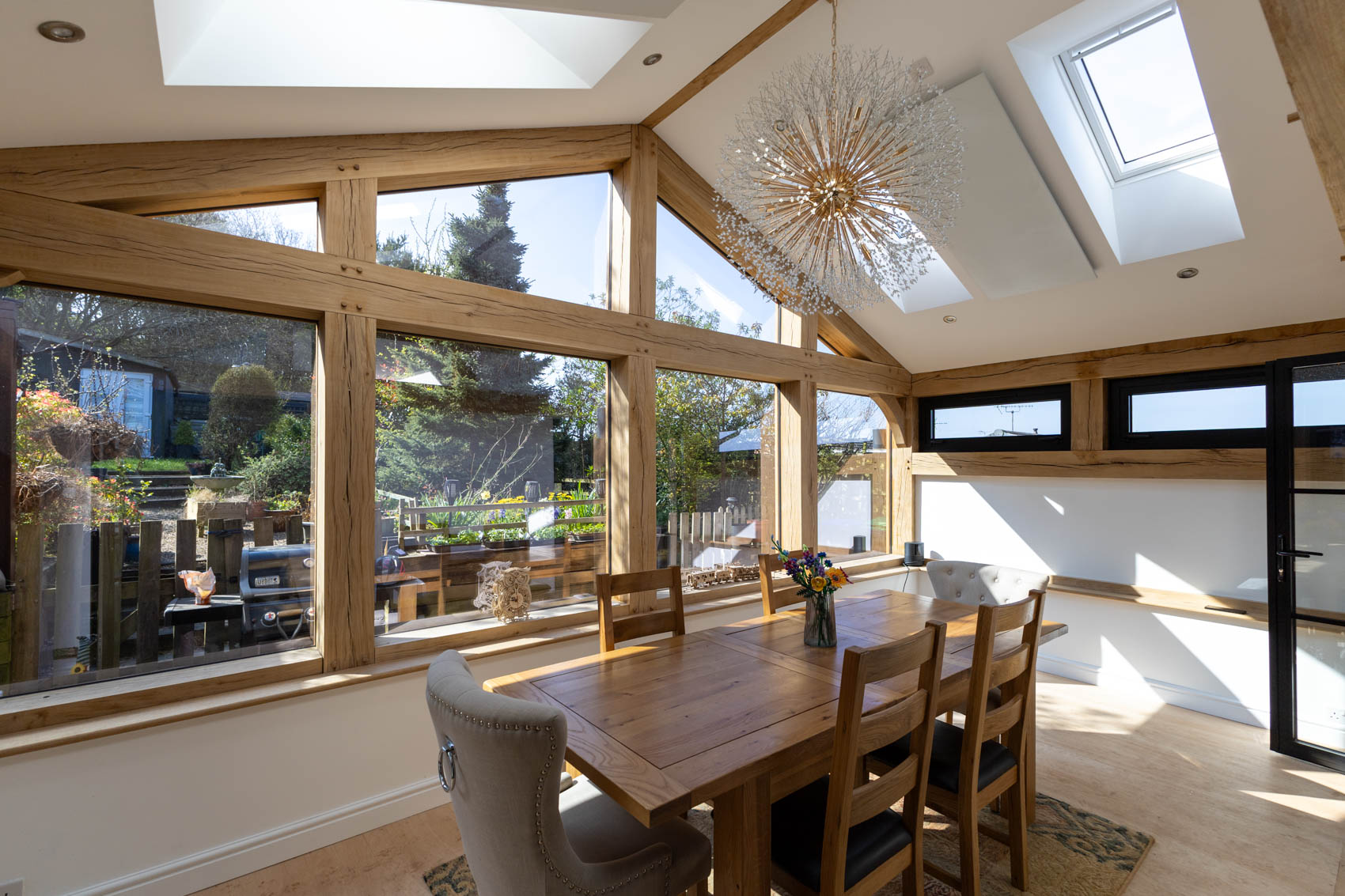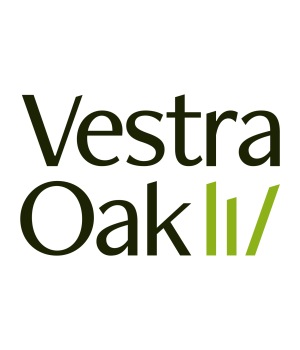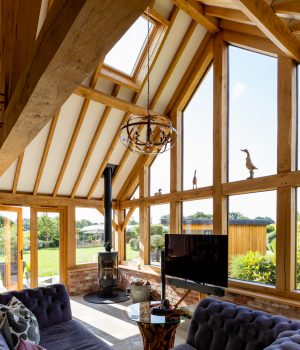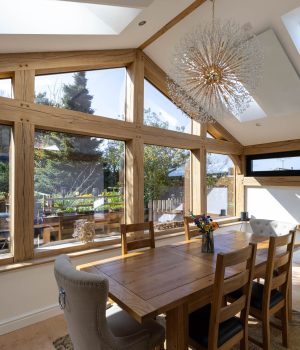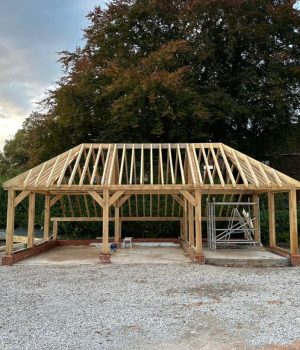Thinking about building with oak? Whether you’re planning a home extension, garden room, or full oak frame house, it’s natural to have questions — and lots of them.
At Hardwoods Group, we’ve worked on everything from cosy porches to grand event spaces, and we hear the same questions come up time and again. So, we thought we’d put together a quick guide to answer five of the most common ones.
1. Does green oak move over time?
Yes — and it’s supposed to. Green oak is freshly sawn and still has a high moisture content when it’s installed. As it dries and seasons naturally, it shrinks slightly and develops splits or cracks (known as ‘checks’). This is all part of the character and structural integrity of traditional oak framing.
A well-designed oak frame allows for this natural movement, so it doesn’t affect performance. In fact, it helps the joints tighten over time. Just be aware that finishes and glazing systems need to be specified with movement in mind.
2. What’s the difference between green oak and air-dried oak?
Green oak is freshly cut and easier to work with for large structural framing. It’s strong, sustainable, and ideal for traditional mortice-and-tenon joints.
Air-dried oak has been left to dry naturally for several years and is more stable. It’s usually used for joinery and visible elements where reduced movement is preferred, like windows, doors, or feature trusses.
Both have their place in oak construction — we often use them together depending on the design requirements.
3. How long does an oak frame last?
Centuries. Literally.
When designed and built properly, oak frames can last hundreds of years. There are timber-framed buildings in the UK that date back to the 1400s and are still standing strong.
Oak is naturally durable and resistant to pests and decay. Combine that with traditional craftsmanship and good detailing (like proper ventilation and protection from standing water), and you’ve got a structure built to last generations.
4. Is building with oak sustainable?
Absolutely — when it’s sourced responsibly.
We use oak from well-managed, sustainable forests, certified by FSC or PEFC. Oak framing also requires less energy to produce than steel or concrete, and because oak continues to store carbon, it has a lower environmental impact over its lifespan.
Plus, because oak buildings are so long-lasting and low maintenance, they’re a smart sustainable choice for future-proofing your home.
5. Can oak frames work with modern architecture?
Definitely.
While oak is often associated with traditional or rustic styles, it’s incredibly versatile. We’ve worked on contemporary homes, minimalist extensions, and even commercial buildings that blend oak with glass, steel, and modern layouts.
It all comes down to the design. Clean lines, open-plan spaces, and clever detailing can make oak the star of a very modern show.
Got more questions?
We’re always happy to chat about oak, whether you’re just starting out or have a full set of plans ready to go. Get in touch to speak to the team, or browse our project gallery for inspiration.
